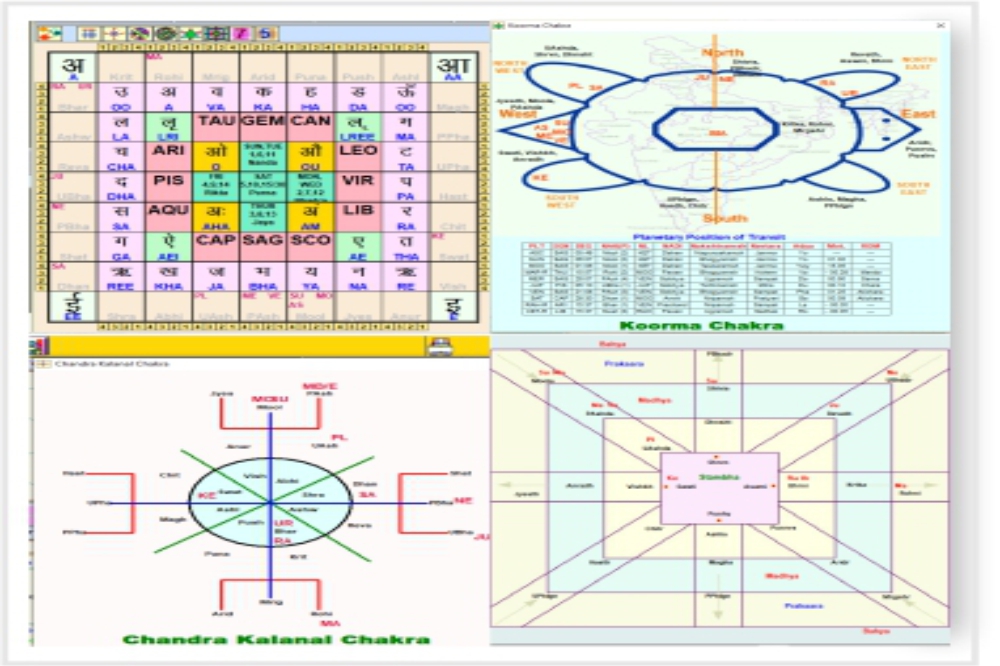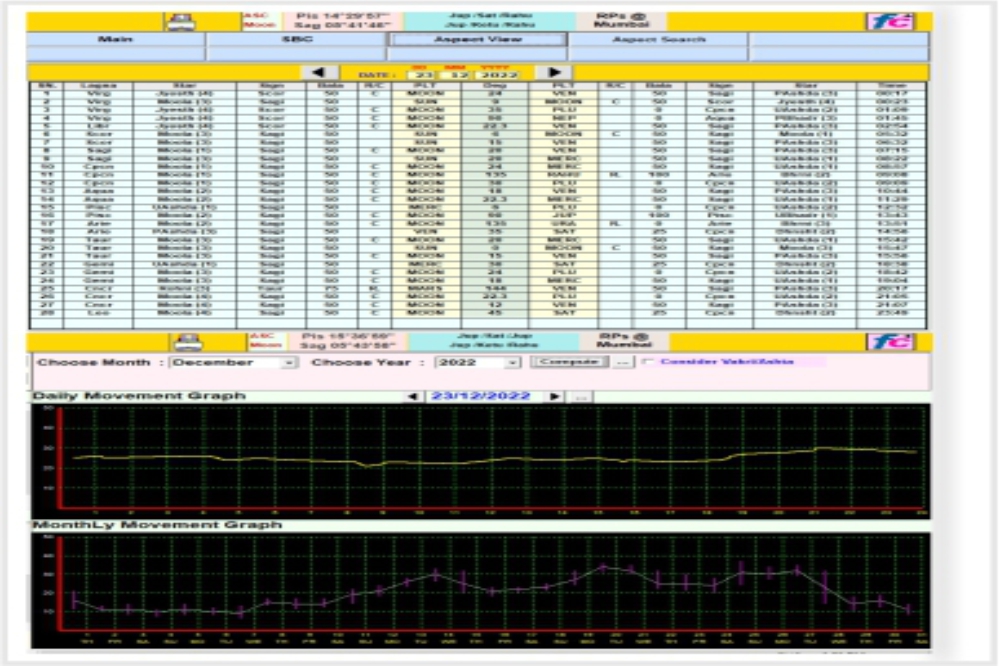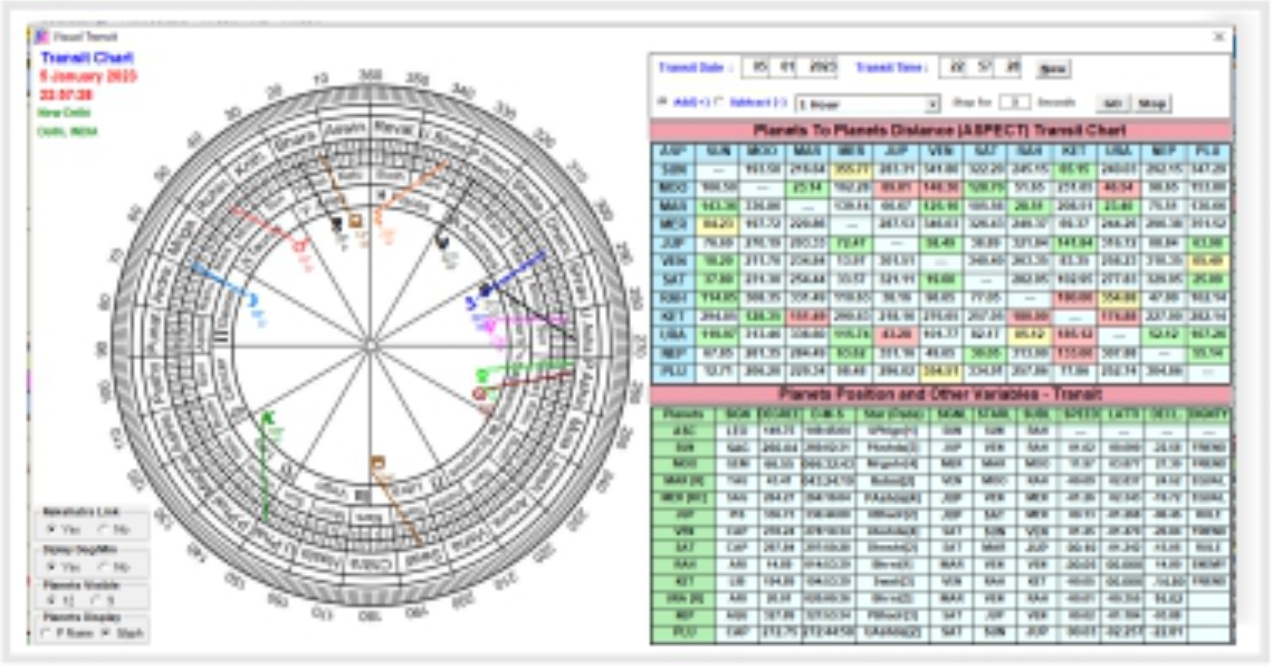Sarvato-Bhadra chakra is a complex and highly detailed astrological chart used in Indian astrology. This chart is considered to be one of the most powerful tools in astrology, as it provides a comprehensive analysis of an individual's past, present, and future.
One important concept in Sarvatobhadra chakra is the role of vedha form. Vedha form, also known as "vedha pada," is a term used to describe the positions of the planets in relation to each other. The vedha form is an important factor in interpreting the meaning of the Sarvatobhadra chakra, as it provides insight into the energies and influences at work in an individual's life.
In financial astrology, the vedha form is particularly important. By analyzing the vedha form of an individual's chart, astrologers can gain insight into the person's financial prospects and potential for success in the market.
There are several different vedha forms in Sarvatobhadra chakra, each with its own significance in financial astrology. The most commonly used vedha forms include the "shubha" (auspicious) vedha, the "ashubha" (inauspicious) vedha, and the "mrityu" (death) vedha.
The shubha vedha occurs when the planets are positioned in a way that is considered to be favorable for financial success. This vedha form can indicate a period of growth and prosperity in an individual's financial life.
The shubha vedha occurs when the planets are positioned in a way that is considered to be favorable for financial success. This vedha form can indicate a period of growth and prosperity in an individual's financial life.
The ashubha vedha occurs when the planets are positioned in a way that is considered to be unfavorable for financial success. This vedha form can indicate challenges or obstacles in an individual's financial life.
In financial astrology, the vedha form is an important factor in interpreting the meaning of the Sarvatobhadra chakra. By analyzing the positions of the planets in relation to each other, astrologers can gain valuable insight into an individual's financial prospects and make more informed decisions about their investments.
Overall, the importance of vedha form in Sarvatobhadra chakra cannot be overstated. By understanding the role and significance of vedha form, astrologers and investors alike can gain valuable insight into the performance of financial markets and make more informed decisions about their investments.



